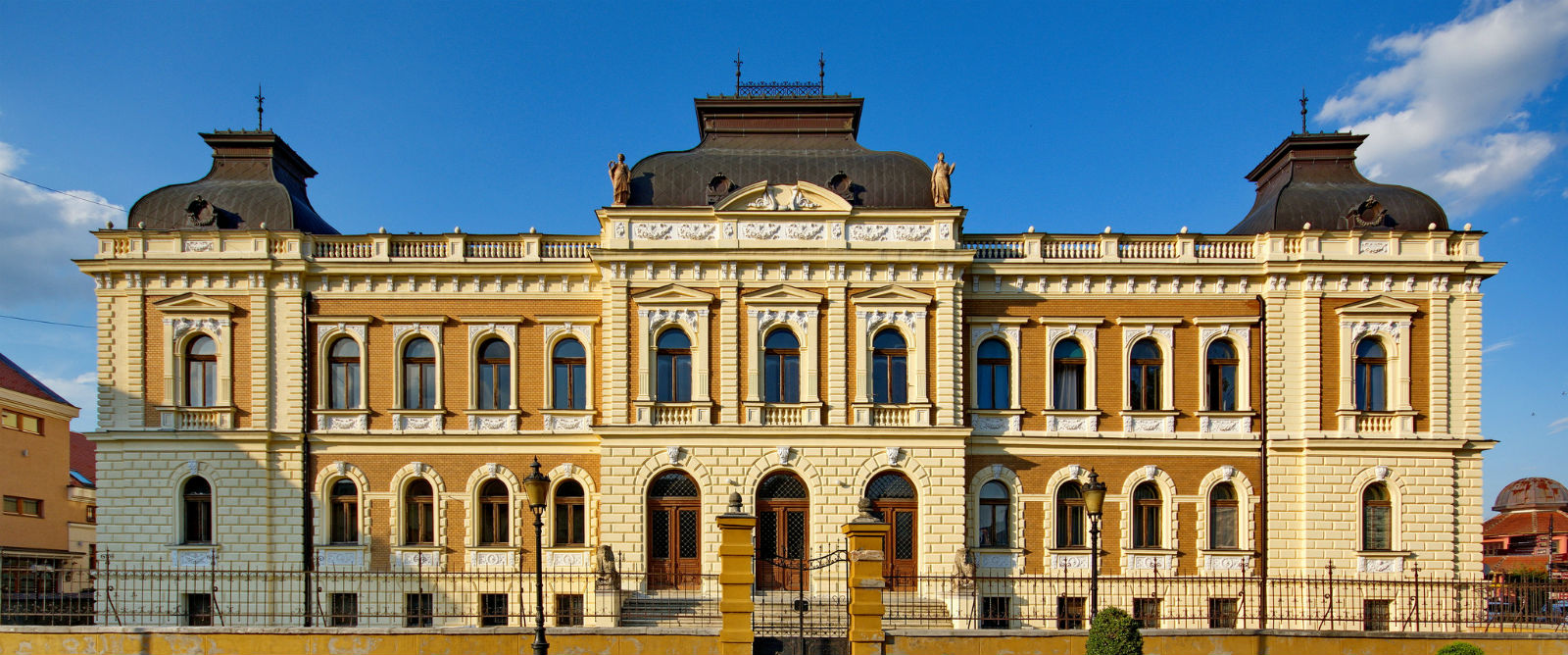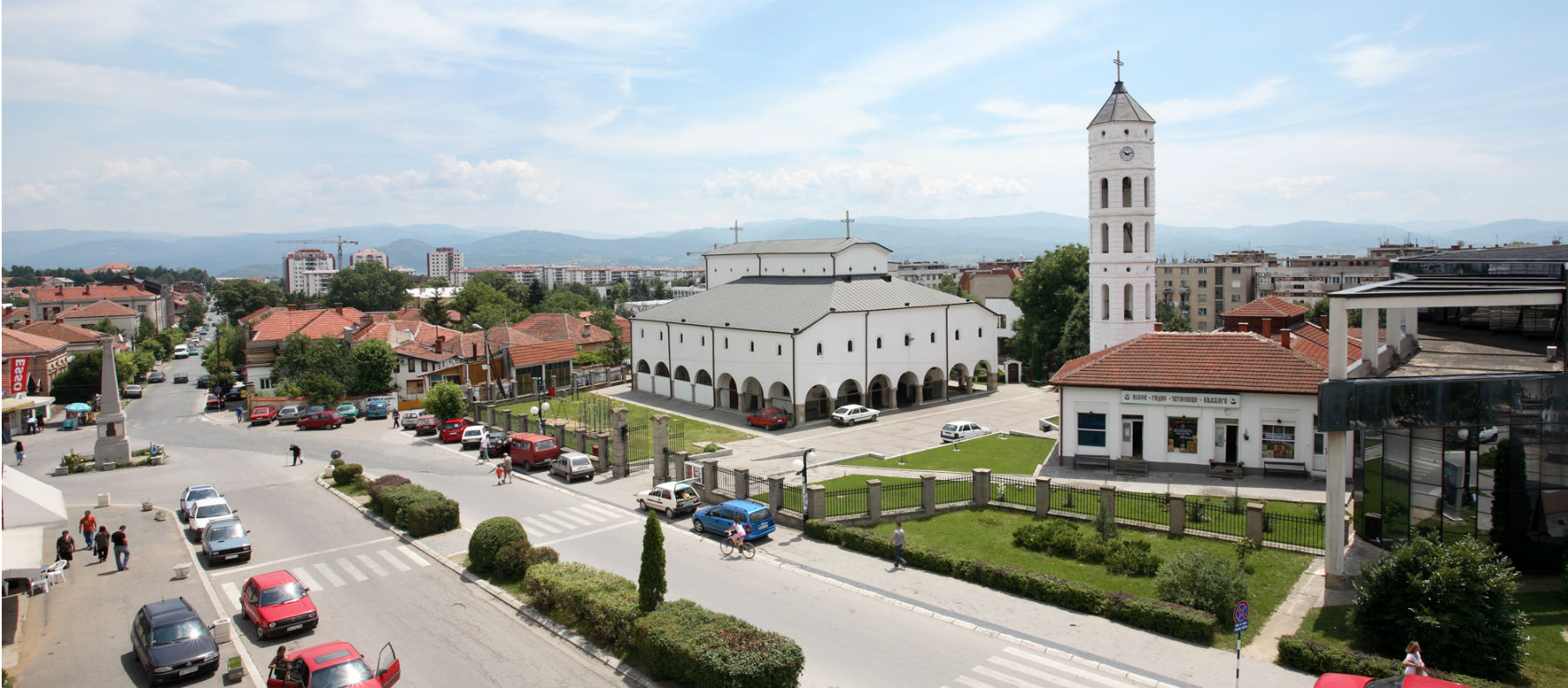Next to the shores of Danube, on the outskirts of a city Smederevo, with a new light of entertaining manifestations shines the old Smederevo fortress, the greatest European plane fort.
Smederevo was built on a vital strategic point. It used to keep guard of Roman Empire’s borders, and later on the main roads of Constantinople passed next to it. However, this city gained on significance in the beginning of 15th century when Serbian despot Đurađ Branković had made it the last capitol of medieval Serbia.
Modeled after the Constantinople and its palisades, despot Đurađ has built on the outskirts of this city of old a centurial symbol of Smederevo – a fortress with a view on the confluence of rivers Jazava and Danube.
For its sheer size and the promptitude it had been built, the building of the fortress was accompanied by numerous casualties. The accidents caused hatred of despot’s minions to be directed on the sovereign’s wife, Greek princess Irene Kantakouzene. Revolted folks started calling her the “Damned Jerina”, which was also depicted in the traditional Serbian folklore.
The legends of Jerina are still passed on, but the fortress remained a centuries old pride of Smederevo’s folks, and the place of their gatherings. Inside its colossal walls are held concerts and important manifestations like “Smederevo Autumn” or “Fortress theatre” festival.

Smederevo fortress isn’t the only place where manifestations are held. There is also city’s central square for that, over which towers the temple of St George, the third biggest temple in Serbia. The temple’s domes built in 50ies of the 19th century overtop all other edifices in Smederevo, while resembling the Manasija monastery, a monastery by which it was modeled upon.

On a spacious plateau in the city center you can also find a museum in which are exhibited paleontological, archaeological, numismatic, historical, and ethnological collections, and the Modern Arts Gallery as well.
Mysterious treasures of the Brankovićs
Still the folks of Smederevo tell the tales of old, legends of vast treasures of Brankovićs, of the Damned Jerina and her lovers who she had seduced and then murdered. One of the legends tells a story of lance sergeant Ilija Konstantinović who, while on the fortress’ garrison duty, dreamt that if his friend Vasilije buries him alive, as it should be, he will uncover the treasures of despot Đurađ located near the Danube’s gate. Ilija and Vasilije trusted the dream to be true, and this story didn’t end well. Vast treasures had never been found.
Apart from the museum, in the city square “Karađorđe’s Mulberry Tree” had also found its place. Three hundred years old, this is one special mulberry, playing an important part in history of Smederevo and Serbia alike. Under this tree, on the 8th of November in 1805, duke Karađorđe with attending high-ranking military officers and rebels, accepted the keys of Smederevo fortress from Turkish lord commander. This breaking point in Smederevo’s history marked the freedom from Turkish dictatorship.
In the square’s close vicinity there is a Kralja Petra street, one of the liveliest in town, where you can enjoy the mesmerizing coffee bar gardens in the open. And if you continue your journey through this paramour of culture, you will yourself struck in awe by the complex of unusual wooden cottages made of centuries old authentic barrels. That part of town is called the “Wine town”, in which are displayed all year long the best wines of Smederevo, known for its rich vineyards. That is the main reason for creating the “wine path”, and naming the wine and the grape species cultivated here – “Smederevka”.
The most famous vintners in this part were the Obrenovićs, Serbian royal dynasty. Around their country house, the villa “Zlatni breg”, also known as the “Kings vineyard”, you can find prince Milos’s vineyards. Today in this villa an exhibition of the Museum of History and the Museum of applied art, albeit not many of Obrenovićs’ palace objects are preserved.
From the palace park you can witness a magnificent view of the Danube and Pannonian Basin, but none of that can compare with when the golden skies glisten at dawn, lulling to sleep Smederevo with its last rays of warmth for the day, and the old fortress on the Danube glows bright, dazzling in all its pride and glory under heavy spotlights, guiding the ships to the city of Brankovićs like a luminous and radiant beacon it is.
How to get to Smederevo?
In the Smederevo’s vicinity there is a Belgrade–Niš highway and the main road from the Kovin’s direction, so you can reach it easily via any mode of transportation. Smederevo is 30 miles away from Belgrade, if you travel the Grocka road, and 35 miles if you take E-75 highway in direction of Niš. Bus station and Railway station are located next to each other in the city center, and there are frequent bus departures towards Smederevo from all the major cities of Serbia.

While you are here, do not miss out…
• The Smederevo Autumn –a manifestation that celebrates grapes, wine, and other fruits which takes place in the first half of September and lasts for 8 days. The manifestation is filled with rich nightlife as well as daytime activities, and during these days, Smederevo is absolutely the liveliest place in this time of the year.
• Fortress theatre – a festival held in the beginning of July, which lasts for 9 days. If you are a fan of the art of theatre, do not miss out an opportunity to watch the most interesting plays which take place in Smederevo fortress.
• And in the spring and summertime do not miss the cruises of the splendid Danube.
Related Articles

Čačak: Serbia’s Open-Air Gallery of Murals
December 19, 2025
Belgrade in December: A City of Lights, Warmth, and Holiday Magic
December 5, 2025
Belgrade Among Lonely Planet’s Top Experiences for 2026
November 14, 2025





























